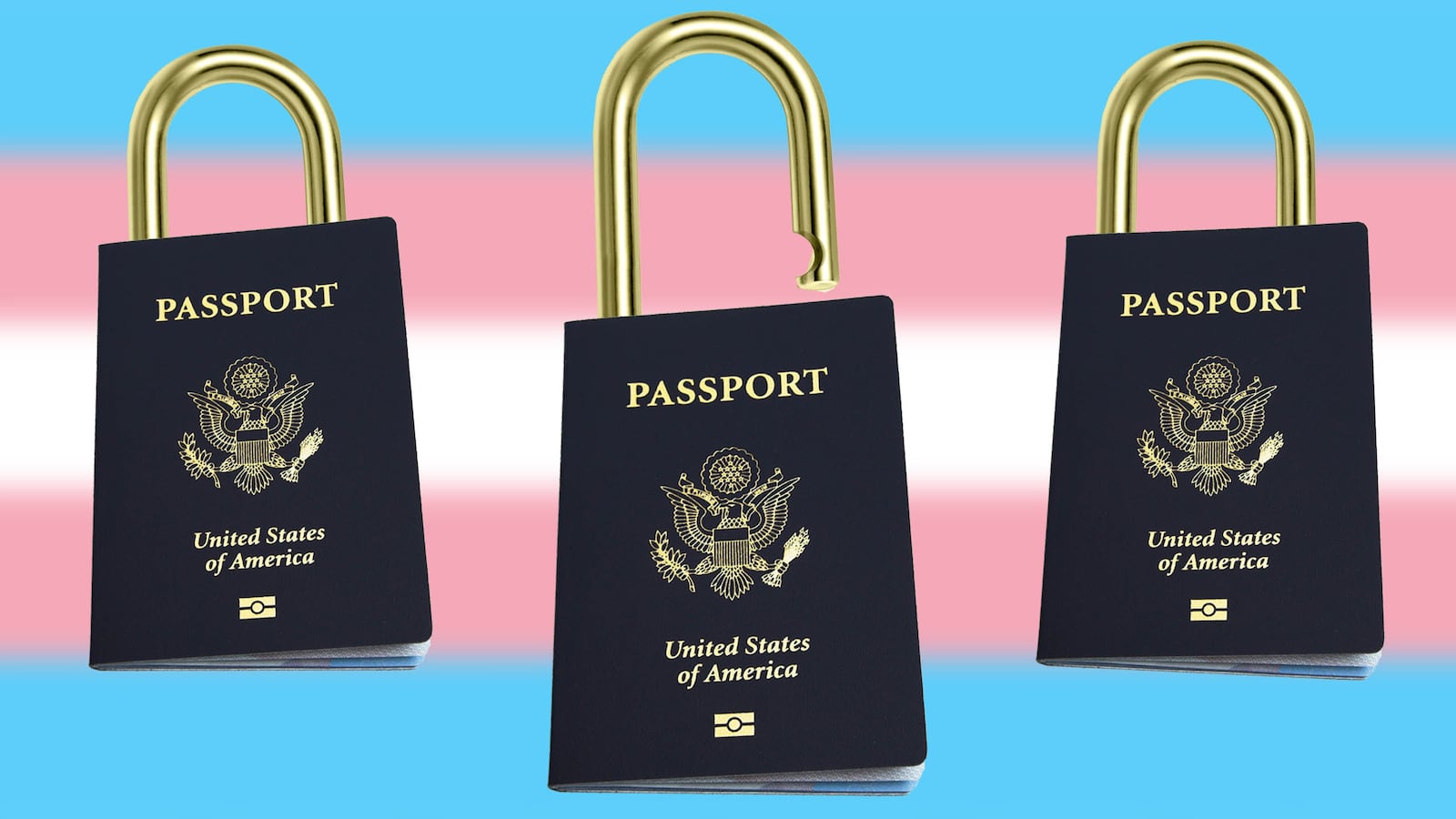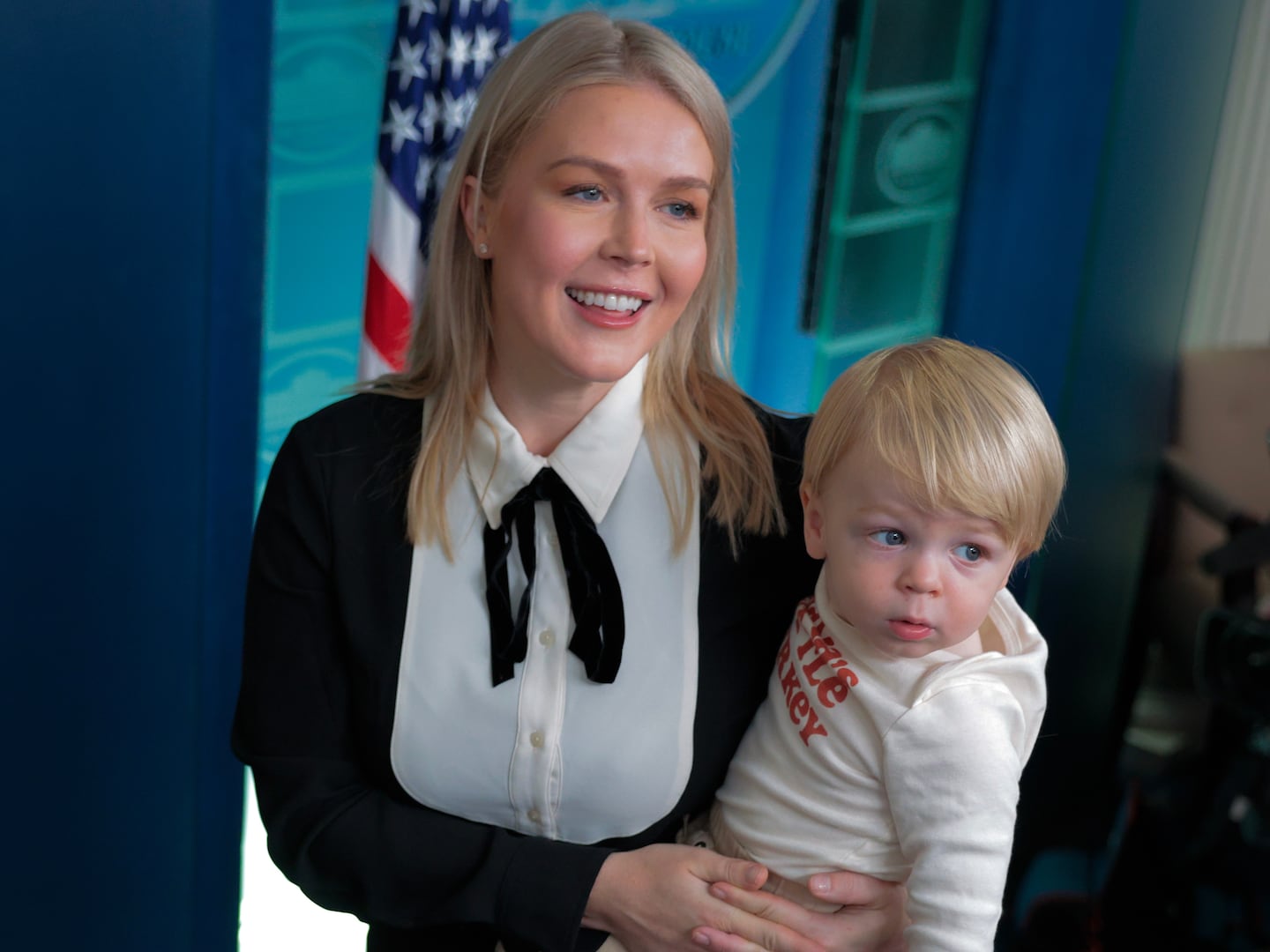Like clockwork, the same myth emerges every time there’s progress for non-binary people who want more gender options on their identity documents: Allowing an “X” option in addition to “M” and “F,” the critics say, could pose a security risk.
This time, it’s a lawmaker in Minnesota who questioned the state’s recent introduction of a new “X” option for driver’s licenses.
As the Minneapolis Star Tribune reported in their article on the change—which took effect this Monday—Republican state senator Scott Newman responded in a statement: “Will this change hamper law enforcement’s ability to properly identify suspects, or hinder the investigative process in any way? The public deserves answers to these questions, or at least a dialogue about the potential repercussions.”
Fortunately, there are already answers to these questions: No, the growing number of jurisdictions that are issuing non-binary identity documents for people who identify as neither strictly male or female are not going to cause a policing crisis or create a public safety problem.
But that’s been the common objection so far. When California was weighing a bill last year that would introduce non-binary driver’s licenses, for example, opponents claimed that it “could increase identity theft and fraud,” as Courthouse News reported.
Those arguments were unpersuasive, as the bill passed by a 26-12 margin in the state Senate and by 57-21 in the Assembly.
When the Vermont Department of Motor Vehicles began modernizing its computer systems last year to include a non-binary gender option, questions were raised about the potential impact on law enforcement, as Vermont Public Radio reported in October–and initially, there were “mixed opinions” on the issue, as a member of the Law Enforcement Advisory Board told VPR.
But by January of this year, VPR was able to report that, after studying the issue, no one on the Law Enforcement Advisory Board opposed the addition of a non-binary gender marker to the state’s licenses, with the Chairman telling VPR that “the general opinion around the table was that it wasn’t going to impede the way we conducted our business.”
In fact, the law enforcement-based objection can be traced back to the very beginning of non-binary legal reform in the United States.
In 2017, Oregon became the first state to allow an “X” on driver’s licenses—and as Reuters reported in its coverage, one of the only arguments that public commenters made against the change was that it could “complicate police efforts to identify people.”
Several public commenters in Washington State beat a similar drum in November 2017 when the Department of Health was considering adding an “X” option to birth certificates.
Said one objector, “I’m very concerned that this could hinder law enforcement.” Added another, “Our law enforcement needs to be able to positively identify all individuals.” “How will the police describe a missing person especially a child or a suspect in a crime?” Someone else asked. Washington added the “X” this January.
The primary proof that non-binary gender markers don’t cause such problems is the simple fact that several states and countries have now added non-binary gender markers to their identity documents without incident.
As the LGBT advocacy group Lambda Legal noted in a letter [PDF] sent to the Oregon Department of Transportation when the agency was soliciting comments on non-binary driver’s licenses, fears about “security threats” expressed by opponents of the change “have no basis in logic or evidence.”
“To the contrary, numerous foreign countries and U.S. municipalities have moved beyond binary gender designations without reporting attendant upticks in fraud or crime,” Lambda Legal wrote.
Those foreign countries—as the letter noted—include Australia, Bangladesh, Germany, India, Malta, Nepal, New Zealand and Pakistan. Within the United States, several jurisdictions—Maine, Oregon, California, the District of Columbia, New York City, and now Minnesota—all offer some form of non-binary government documentation. So far, there hasn’t been a wave of crooks identifying as non-binary to evade police detection.
That’s not surprising because, as Lambda Legal further noted, people generally don’t abuse state policies that allow them to change their name on a driver’s license: “There is no indication that people helped by these policies (most frequently cisgender people who change their names when married) have used their new identity documents to break the law with impunity, evade debts, or otherwise harm the community.”
But it’s not just anti-transgender commenters, anti-LGBT groups, and the occasional state legislator who have questioned the impact of non-binary gender markers on law enforcement; the State Department has also advanced a similar position in the ongoing legal battle over the possibility of an “X” on U.S. passports.
Dana Zzyym, a non-binary person who is also intersex—meaning that their anatomy could not be readily assigned male or female at birth—applied for a passport in 2014, listing “intersex” on the application rather than selecting “M” or “F.” Zzymm, who uses the pronouns “they” and “them,” received multiple denials—and Lambda Legal sued on their behalf, arguing that Zzymm could not be refused a passport simply because they would not select a sex that did not describe them.
In both of the decisions that have been issued in Zzymm’s favor so far by District Judge R. Brooke Jackson, the court has debunked the State Department’s position that passports need to have binary gender options to match law enforcement databases.
First, in a November 2016 ruling, Judge Jackson pointed out that the State Department offered Zzyym the option of a “male” passport “knowing full well that [they] had state identification documents (and perhaps law enforcement database records?) listing [them] as ‘female.”
The State Department also issues updated passports to binary-identify transgender people who, thanks to restrictive state laws, may have “law enforcement records that might list that very same passport holder as the opposite sex,” Jackson noted.
“If syncing passport information to the records contained within law enforcement databases is truly critical for the Department,” Jackson wondered, then how could it explain those choices?
And then, this September—as The Daily Beast previously reported—Jackson again ruled in Zzymm’s favor, writing that the State Department had “failed to add any substantive arguments or evidence” in the new material that the agency submitted to the court.
Jackson pointed to the fact that a growing number of states, as well as the International Civil Aviation Organization—a U.N. agency that sets standards for modern passports—now recognize a third gender option outside of male or female. He also noted that gender “is just one of many fields used to crosscheck a passport [applicant’s] identity,” adding that social security numbers, birthdates, names, and other pieces of information can also be used for cross-referencing.
Moreover, Jackson continued, there’s the issue of accuracy: Zzyym is intersex and non-binary. What purpose would it serve to force them to choose either male or female? (“I find that requiring an intersex person to misrepresent their sex on this identity document is a perplexing way to serve the Department’s goal of accuracy and integrity,” Jackson wrote, in one of the decision’s more scathing lines.)
Indeed, for all the talk about how non-binary documents could potentially make it harder to identify people, the opposite is likely true: Giving non-binary people non-binary gender markers makes the situation clearer for everyone involved.
As Lambda Legal noted in their letter to the Oregon DOT, “forcing a person whose gender is non-binary to use an identity document identifying them as male or female subverts rather than promotes accuracy.”
So, no, the growing trend of allowing an “X” on a driver’s license is not going to “hamper law enforcement’s ability to properly identify suspects.” If anything, more gender options will make it easier to identify people, not harder.
But as more states allow for non-binary gender options in the future, this myth will almost certainly keep coming up—and it will be just as false each time.







